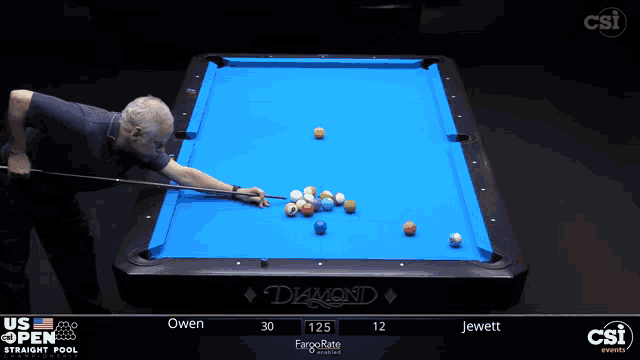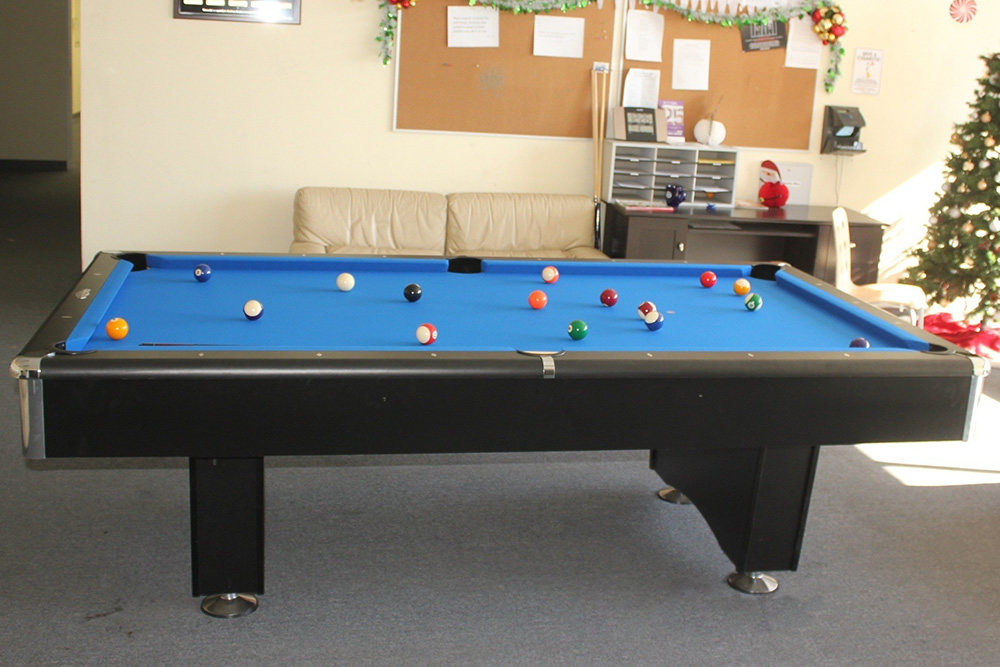
Despite not knowing the origin of the pool table's invention, it is undisputed that the game has been around for many years. The earliest records of the game date back to the 1500s in Northern Europe. The game became popular with men and women of all ages. It has remained very popular in the United States over many years.
Pool was originally played on grass or a board that had a hole in its middle. The object balls were numbered one through fifteen. It was similar to croquet in that the player pushed the ball instead of striking it. The "mace," a wooden stick used to strike the ball, was introduced in the 1600s.
The game was made more fun by the addition of a cuestick and a wooden hoop as well as the use of the balls. It became very popular in Europe, and the game spread to the United States. However, the game didn't become very popular until after the Industrial Revolution.

While the history of the game isn't clear, it has been developed by many people. The indoor billiard table was first invented by King Louis XI, France. It became a popular pastime in England after the Industrial Revolution. The French nobility also enjoyed the game.
It became a popular game in the United States after it was introduced. Many of the earliest settlers brought the game with them to America, and tournaments were held all over the country. The game was popularized in more luxurious saloons and because the equipment was expensive, it was not affordable to lower classes.
The history of the game was complicated further when ivory was used as a ball material. Ivory was originally made from elephant tusks. Although Ivory was more popular in 17th-century Europe, it was not indestructible. It also tends to crack when hit with too much force.
In 1920s, the original pool balls made of ivory were replaced by a different ball material. This new ball material was made from a mixture of nitrocellulose and camphor, and it could explode when struck with extreme force.

This new ball material was called a composite ball. Although it wasn’t very stable the nitrocellulose offered a cheaper option to ivory. After a while the stick and hoop had to be abandoned. The cue tip was also changed to a leather tip, which improved ball hitting.
The game developed over time and was popularized in the United States in the late 1800s. John Wesley Hyatt, an American billiards player, created a ball from camphor and nitrocellulose in the 1870s. This ball material was not stable and could explode when hit with extreme force.
Michael Phelan was another important figure in the development of the game. He is a well-known pool player. Phelan's father emigrated from Ireland to the United States in 1883, and Michael followed him into the pool hall business. His book on pool was published, and he inspired a new generation in pool to get rid of the ivory balls.